Colonial Garden Plants
Angelica
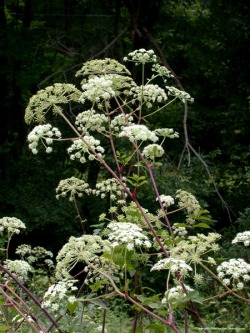
This plant was used by the many Native American Tribes for its medicinal value. The root was used to help with stomach ailments as well as other illnesses. It has been discovered to have strong antibacterial properties as well. Due to the size of this plant (it can get to be 6 feet tall), it has been planted in the beds next to the edible gardens.
Chamomile
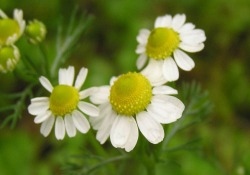
Although most often used as a sleep aid, the plant was sometimes used by the colonists to create a green dye.
Clary Sage
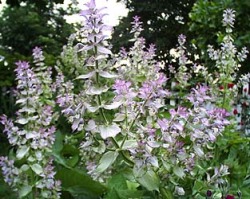
Clary Sage was brought to New England by the early settlers. The Romans discovered that this plant when mixed with water was an effective eye wash. It has also been shown to stimulate female hormones and was given to older women who suffer from age induced hormone decrease. It is used currently by the perfume industry.
Feverfew
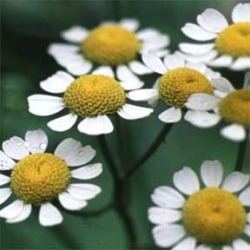
This plant was cultivated and given to reduce fevers. This plant would have been included in the typical door garden, garden planted by the colonists by the front door and bordered by a fence. The plant needs to be kept in check so that it does not become invasive.
Lady's Bedstraw
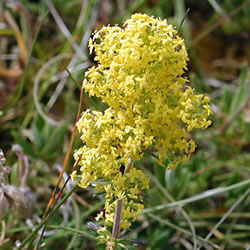
This plant was brought by the European settlers in North America. It was dried and used to stuff mattresses. The flowers made the bed soft and also killed flees in the mattress.
Lamb's Ear
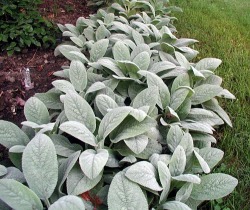
This is nature's version of a Band-Aid. It as used as such by the colonist, who didn't have our version and didn't want to waste cloth on a small cut. It was also used at times in place of a washcloth. It is a weed in Iran and Turkey but has been popularized in gardens for children. Careful to not let it take over as a week again.
Sage
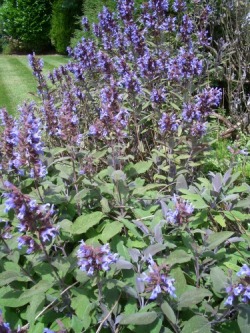
This herb was grown by the colonists as an herb for cooking but also for medicinal purposes. It was used in mouth washes and to help "clean and strengthen the blood". Modern studies have shown some effect on improving memory and there is research to see if sage can assist with Alzheimer's disease treatment
A special thank you to the New England Unit of the Herb Society of America for helping us get our Colonial and Dye Gardens started.
